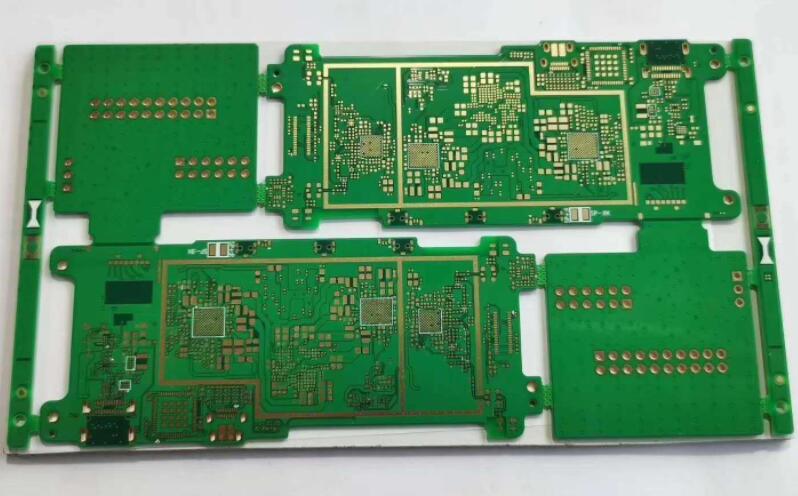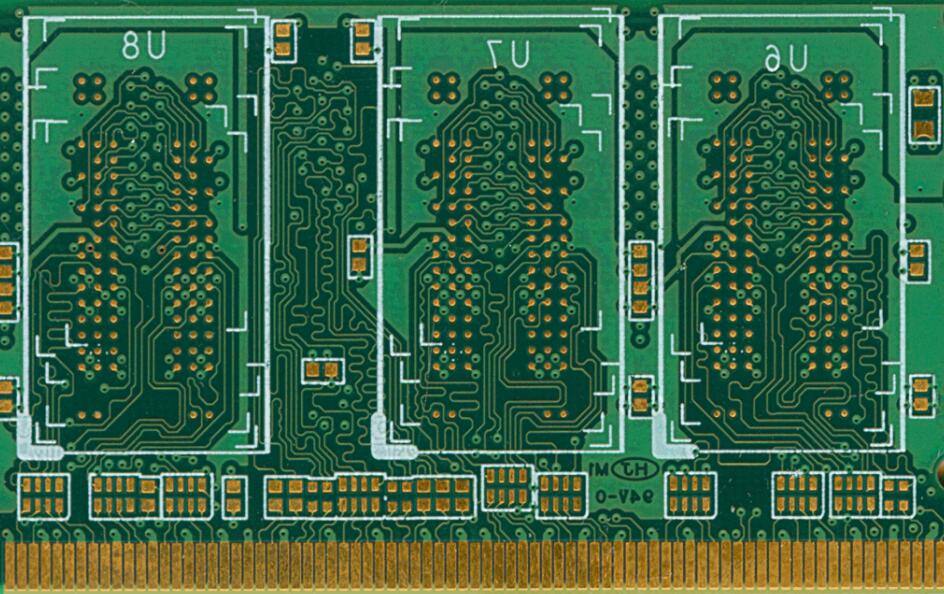PCB quality problems during PCB manufacturing mainly include the following points:
I. Various soldering problems
Symptom: there are blasting holes at cold welding or tin welding points.
Reflection method: the hole shall be analyzed before and after immersion, welding to find the center of copper stress. In addition, feed inspection shall be carried out for raw materials.
Reasons for:
1. Blast holes or cold welding spots are seen after the soldering operation. In many cases, copper plating is poor, followed by shrinkage during the soldering operation, resulting in holes or blasting holes in the wall of metalized holes. If this occurs in the process of wet processing, the absorbed volatilization
The material is covered by the coating and then expelled under the heating effect of immersion welding, which will lead to a nozzle or blasting hole.
Treatment method:
1. Try to eliminate copper stress. The shrinkage of laminates in the z-axis or thickness direction is usually related to the data. It can promote the fracture of metalized holes. Work with laminate manufacturers to obtain recommendations for information on small z-axis shrinkage.

II. Adhesive strength problem
Symptom: During the immersion welding process, the pad is separated from the conductor.
Introspection method: during incoming inspection, stop sufficient testing, and carefully control all wet processing processes.
Cause of the problem:
1. Pad or wire detachment during processing can be caused by electroplating solution, solvent etching, or copper stress during an electroplating operation.
2. Punching, drilling, or perforation will partially separate the pad, which will become clear in the hole metallization operation.
3. During wave soldering or manual soldering, the separation of pad or wire is usually caused by improper soldering technology or too high a temperature transition. Sometimes, because the laminate is not well bonded or the thermal peel strength is not high, a pad or wire separation is formed.
4. Sometimes the designed wiring of PCB multi-layer board will cause the pad or wire to separate in the opposite center.
5. In the process of soldering operation, the retained absorbed heat of components will cause the pad to separate.
Treatment method:
1. Give the laminate manufacturer a complete list of solvents and solutions used, including the disposal time and temperature of each step. Analyze whether copper stress and excessive thermal shock occur in the electroplating process.
2. Strictly abide by the machining method of push storage. The analysis of metalized holes can control this result.
3. Most of the pads or wires are separated due to lax requirements for all operators. When the temperature inspection of the solder bath takes effect or extends the residence time in the solder bath, it will also break away. In the manual tin trimming operation, the pad separation is approximately due to the improper use of watts
Electric ferrochrome and failure to stop professional process training. Today, some laminate manufacturers have manufactured laminates with high peel strength at low temperatures for severe soldering applications.
4. If the separation caused by the designed wiring of the printed board occurs in the opposite center of each board; Then the printed board must be redesigned. Usually, this does happen in the center of the right angle of the thick copper foil or wire. Sometimes, long wires will also have such a scene; This is because
Because of the different coefficients of thermal shrinkage.
5. Design time of printed circuit board If possible, remove heavy components from the whole printed board or install them after immersion welding. Usually, a low-wattage electric soldering iron is used for careful tin welding. Compared with component immersion welding, the continuous heating time of substrate data is shorter.

III. Excessive size change problem
Symptom: after processing or soldering, the substrate size exceeds the tolerance or cannot be aligned.
Reflection method: fully stop quality control in the processing process.
Reasons for:
1. The structural texture direction of paper-based data is not noticed, and the forward shrinkage is about half of the horizontal. Moreover, the substrate cannot return to its original size after cooling.
2. If part of the stress in the laminate is not released, it will sometimes cause irregular dimensional changes in the processing process.
Treatment method:
1. Instruct all consumers to cut the plate in the opposite direction of structure and texture. If the size change exceeds the allowable range, the base material can be used instead.
2. Contact the laminate manufacturer for advice on how to release material stress before processing.